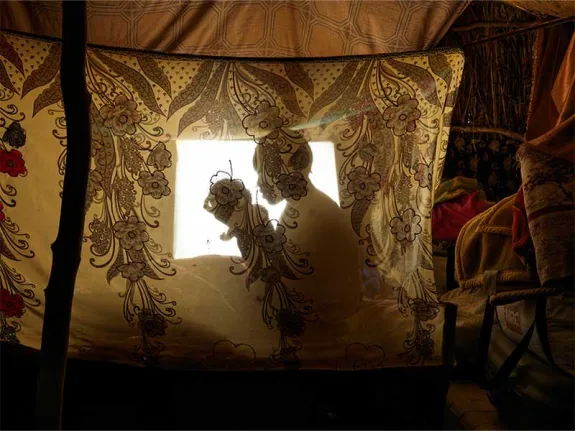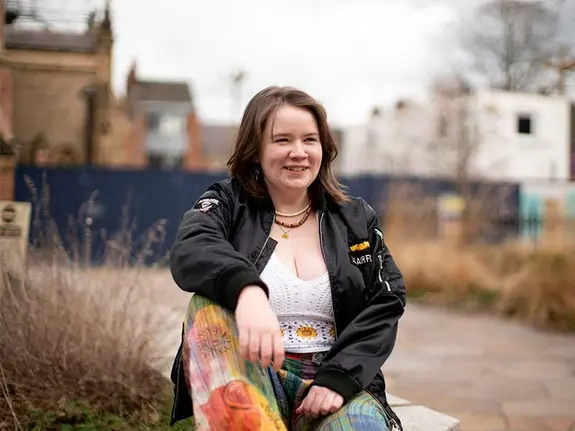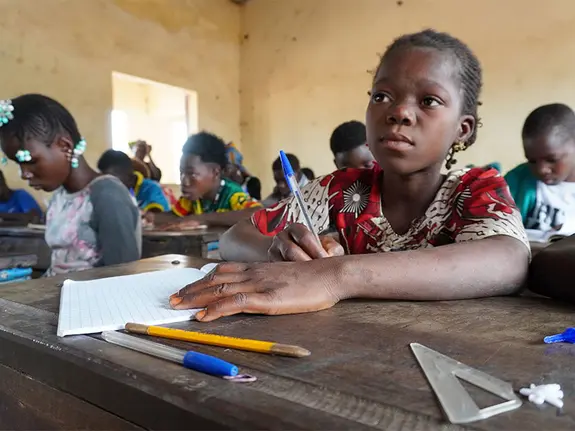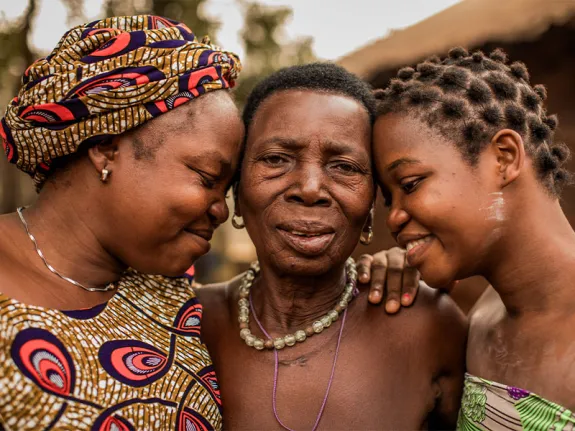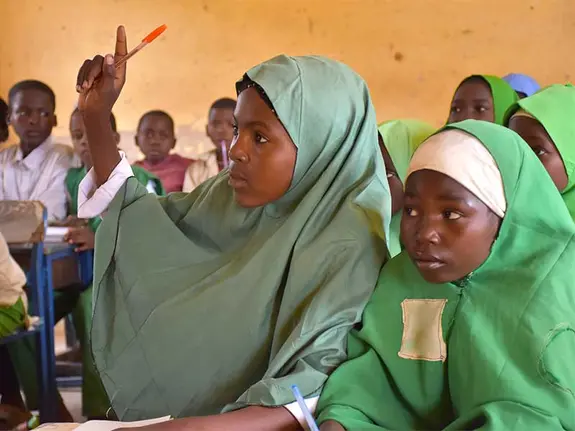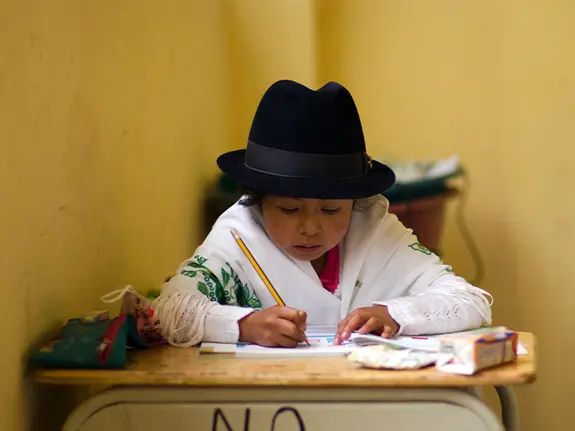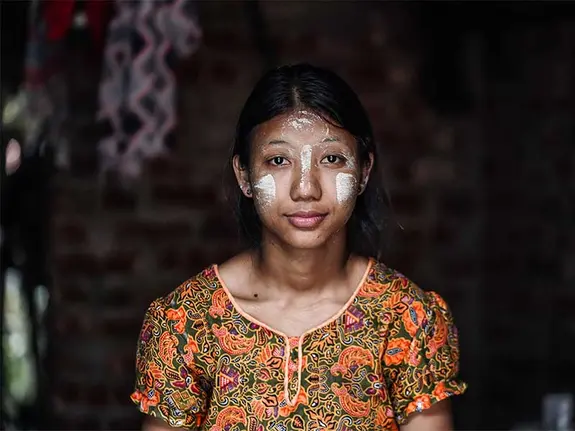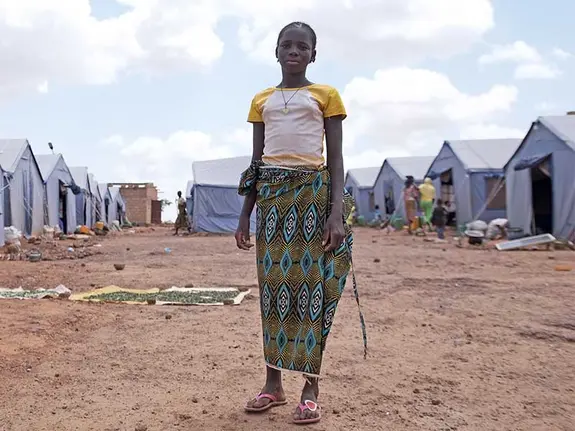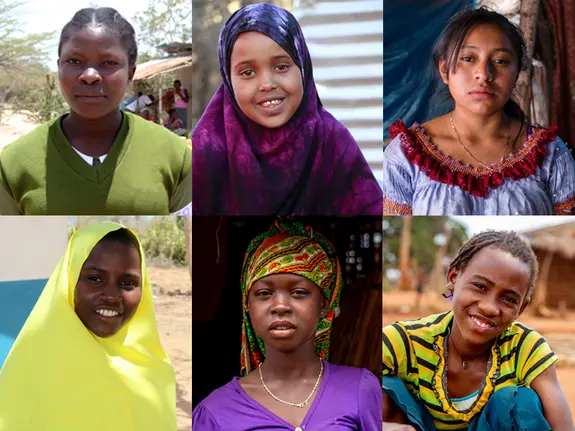Stories
Read stories that matter in the pursuit of a better, more equal world for children.
Read stories that matter in the pursuit of a better, more equal world for children.
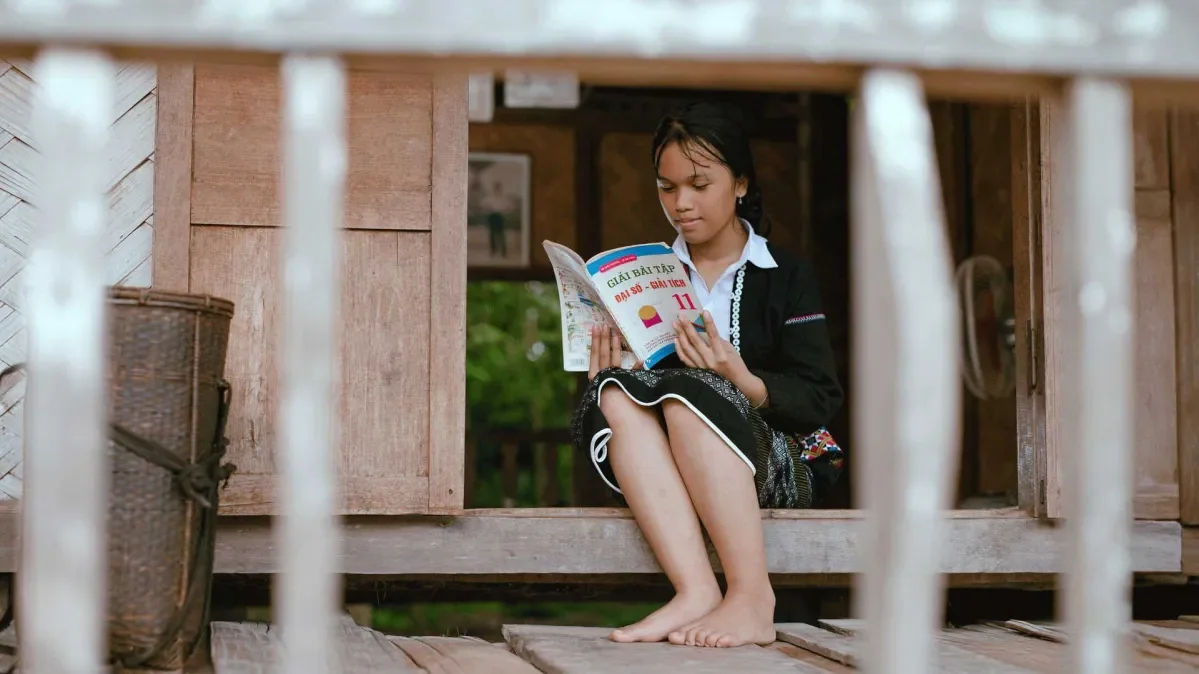
Be inspired by the young people we work with. Discover something you didn’t know. Deepen your knowledge of the challenges facing children.
These stories are for you, the curious and the caring. Brought to you by the brave and those willing to share – be that their experience, expertise or enthusiasm.
When we share stories, we grow a little closer. And that unity is key to ensuing a better world. For children. For girls. For all of us. Read on changemaker.
Featured story
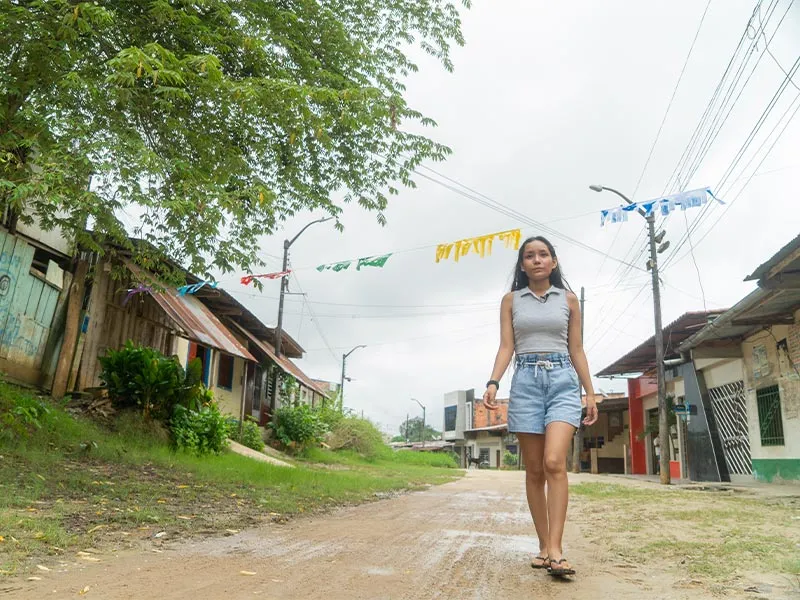
Five reasons why girls' rights are under attack
We know the world has opened up for girls. More girls are going to school and fewer are experiencing violence. But we’re not done. Because every day there's pushback. A growing sense that girls have enough. That equality has gone ‘too far’.
In fact, progress towards gender equality is slowing down. Hard-won rights are under attack - at risk of being undermined and reversed.
Frankly, we’re not ok with that – and you shouldn’t be either.
Here’s why it’s happening, and why it matters.
Top picks
Timely, important, interesting. These are the stories for the right here, right now.
What matters to you
View all stories here and find those that matter most to you.
